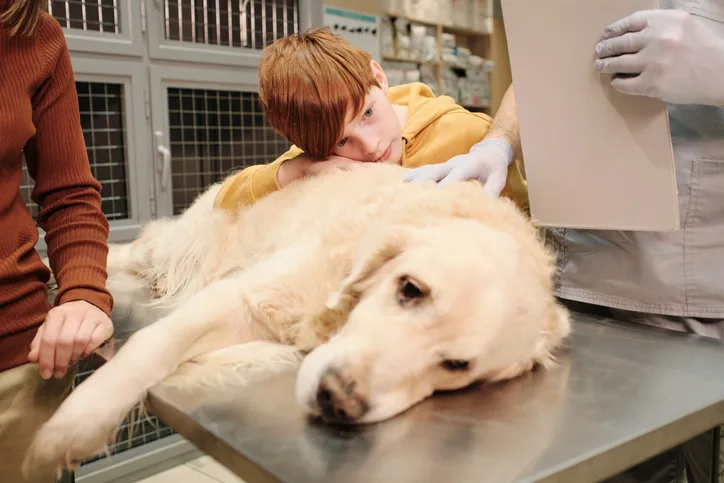
In the Literature
Larson M, Low R, Adler JA, et al. Patient safety events cause harm across a variety of veterinary care settings: a global retrospective analysis. J Am Vet Med Assoc. 2025;263(7):1-9. doi:10.2460/javma.24.08.0523
The Research …
Veterinary health care involves inherent risk due to the complexity of physiologic systems, unavoidable potential for human error, and intricacies of medical, surgical, and pharmaceutical interventions. Previous reports of veterinary patient safety events (PSEs; ie, any action or lack of action that results in unintended harm to a patient or creation of a risky situation) are limited in scale.1-3
This retrospective study described the characteristics of voluntarily reported PSEs (n = 64,404) over a 24-month period from 2,284 primary, emergency, and specialty care facilities in the United States and Europe. PSE rates were calculated per 1,000 patient visits, and outcomes were examined across variables (eg, species, incident type, practice type, patient outcome).
The majority of reported PSEs (73%) were classified as no harm or a near miss; 6.1% resulted in major harm or patient death. The most frequently reported incident types were those involving patient care and handling (33.4%) and medication-related incidents (25.5%). Anesthesia and sedation events were disproportionately associated with major harm or patient death, accounting for 23.5% of high-impact events, despite comprising only 11.1% of all reported events.
Relative to total patient visits, cats had significantly more reported PSEs compared with dogs. Cats and exotic species were more likely to experience events leading to death or major harm.
… The Takeaways
Key pearls to put into practice:
A strong culture of patient safety should be established and supported within the veterinary team, including creating psychological safety for all team members, shifting away from individual blame toward understanding underlying systemic issues, providing structured support for caregivers affected by PSEs, and ensuring voluntary PSE reports are perceived as a means for learning and improving patient care, rather than for punitive action.
Voluntary PSE reporting systems should be implemented and encouraged to systematically capture incidents, identify local risks, and inform strategies for continuous improvement in patient safety. Identifying frequent incident types (eg, patient care and handling, medication errors) and their common root causes can help maximize the impact of improvement efforts.
Inherently higher patient risks associated with anesthesia/sedation events (a leading cause of major harm or death) should be critically addressed. Continuous presence of a trained anesthesia provider, systematic preoperative assessment, adherence to standardized monitoring protocols, and use of safety checklists can help improve patient safety with anesthesia.4-6
Cats may be at increased risk for PSEs, and cats and exotic species can experience more severe outcomes. Tailored approaches can reduce stress and fear and address unique diagnostic and therapeutic challenges.
Patient-friendly techniques (eg, gentle handling, previsit medication [eg, gabapentin for cats]) to reduce patient anxiety and fear during transportation and visits to the clinic can enhance safety for patients and caregivers.
You are reading 2-Minute Takeaways, a research summary resource presented by Clinician’s Brief. Clinician’s Brief does not conduct primary research.